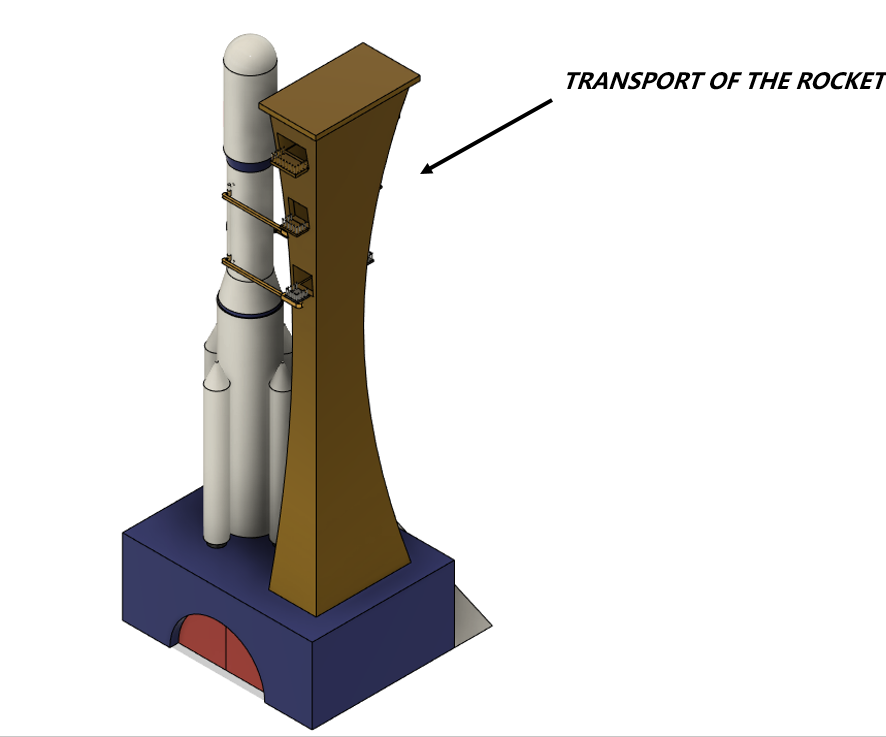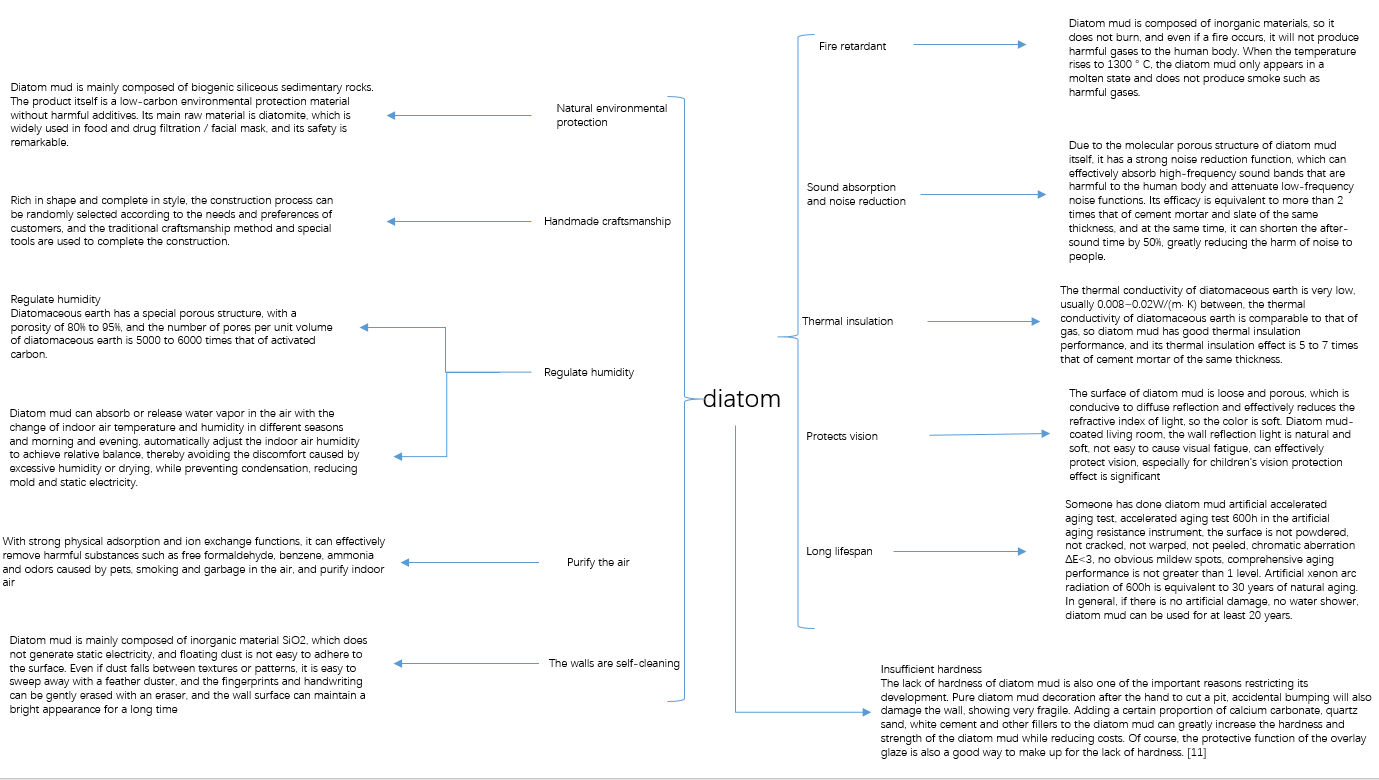Moon Camp Pioneers Gallery 2021-2022
In Moon Camp Pioneers each team’s mission is to 3D design a complete Moon Camp using Fusion 360. They also have to explain how they will use local resources, protect astronauts from the dangerous of space and describe the living and working facilities.
Team: Lunastro 11
Albert-Einstein-Gymnasium Berlin Germany 16 6 / 2
External viewer for 3d project
|
Project description
On the moon near the north pole we will live inside a dome of glass inside a lunar crater near the north pole. The diameter of the crater should be around 50 meters. In that dome we will build a platform for plantations and an aquaponics system with an aquarium reaching down to the living area causing a harmonic atmosphere. The whole inner space will be filled with breathable air. Starting from our dome there will be one tunnel towards our liquid mirror telescope for scientific explorations of the universe and another one leading to our economical area, where we will export helium-3 to earth. On the ground of the lunar crater will be our living area for a maximum of 8 people. There we will have bedrooms with partitions giving us the chance to decide if we wether want to sleep in privacy or with companions near us plus big bathrooms to take care of our hygiene.
|
|||
|
2.1 Where do you want to build your Moon Camp?
We are going to build our Moon Camp near the north pole, the advantage there is that the sun shines almost permanently and we can therefore easily use solar systems as an energy source. We found out that there are also many craters and that even water ice can be found in some places. We could dismantle and use this. And since the craters already offer a certain protection by themselves, we have decided to build our base partly in a crater. This should have a diameter of about 50 meters and a depth of 20-30 meters. Such sizes of craters are not untypical on the moon due to all the meteorite impacts. Disadvantages of the north pole are also the fact that the sun is always shining there, so it is extremely warm except from the craters and it exerts itself badly on the day-night rhythm of the astronauts. 2.2 How do you plan to build your Moon Camp? Describe the techniques, materials and your design choices.
We intend to build our base mostly of concrete, because all the ingredients for concrete can be found on the moon, as well as the metals needed for cement are all constituents of the lunar soil. But since building it by hand would be too strenuous, we carry via our multipurpose rocket parts of a giant concrete 3D printer to our station. Our observation station plays an important role in the sense of scientific research due to the non-existing atmosphere on the moon which provides an advantage in contrast to earth. It allows us to make even more precise observations without any light pollution and therefore is the ideal workspace for new scientific researches. Furthermore, we decided to go with a liquid mirror telescope because they are easier to transport compared to regular telescopes and are also cheaper. A liquid mirror telescope uses quicksilver to reflect the light. Quicksilver is set in rotation and obtains the shape of a paraboloid. Thus our telescope includes three mirrors: the quicksilver mirror as the primary mirror and two smaller ones which reflect the light into the detector which transmits 2.3 The environment on the Moon is very dangerous for the astronauts. Explain how your Moon Camp will protect them. (maximum 150 words)
We also need protection in case of meteorites hit the base. For this we have built supports for stabilization on the upper ring above the lunar surface. Additional protection is provided by the dome, which is made of aluminumoxynitride, which is three times stronger than steel and is also intended to be used as a window on the ISS. The aluminumoxynitride can be made on site using the aluminum from the lunar soil and the oxygen produced by the aquaponic system. The process would not need additional oxygen, since aluminum oxide is part of the moon rock. The walls of the corridors and main buildings will be made of titanium, as this material remains solid at temperatures of up to 400°C and is robust against smaller meteorites. In addition, the temperature is well regulated by titanium in the interior, so that not much heating or air conditioning is required. To ensure full radiation protection, the walls are coated with a thin layer of plumb, which then offers full radiation protection. For the safety of the astronauts, the living area will be underground. |
|||
|
2.4 Explain how your Moon Camp will provide the astronauts with:
|
Water
|
Food
|
Power
|
Air
|
|
The clean water would be obtained by first mining ice deposits around the north pole. Then we would heat the water ice, collect the resulting water vapor, cool it down and thus you have clean water that you can use for everyday life, the aquaponics system. |
To secure our food on the moon, we will build an aquaponics facility. An aquaponics plant is a mixture of fish and plant breeding. For this we need two large containers, one for the fish and the other one for the plants, a water pump to make the plant automatically, pipes to connect the containers together and sulphur-containing food for the fish (e.g. deciduous plants or cross-flowering vegetables). In addition, bacteria come to produce the fertilizer for the plants. By feeding the fish with sulphur-containing foods, their faeces contain ammonium which can be broken down into nitrate with the help of bacteria, and this nitrate is transported to the plants that absorb the nitrate by means of a water pump. And the plants, in turn, produce sulfur-containing foods that the fish need. |
Around our lunar crater, in which we are going to place the dome, building a construction to live inside peacefully due to safety, we will place a big amount of solar panels to absorb the permanently shining sunlight on the north pole. To prevent a blackout at the time of a moon eclipse we are storing sunlight in fuel cells. The now received power from those solar panels can be used to split water into energy and warmth. Another possibilty could be nuclear fission, in a vacuum which imitates the non-existent atmosphere and the oscillation of temperature, because of its speed and efficiency. The only disadvantage the nuclear fission has, is that we are forced to import necessary components from earth. |
We will create an aquaponics system in which we are able to grow plants, especially blue- and green algae in the water due to the nitrogen compounds produced from fishes. We then have the oxygen for breathable air from plants doing photosynthesis with the carbon dioxide caused by us and nirogen compounds from our fishes. Another use for those nitrogen compounds is that we can add it to the other components of air which we can find in lunar rocks. Because of humans breathing about 12,5 cubic metres per day we are going to save some air in tanks. Splitting extremophilic microorganisms metal oxides is another potentiality which doesn’t requires power at all we only need bacteria for this process. We can also filter out oxygen from our water which origins from ice located by the north pole. |
|
2.5 Explain what would be the main purpose of your Moon Camp.
Our base is divided into three areas: the main one (our living quarters) and two side ones. The first smaller one is built for astronomical observations: we would use our telescope for difficult researches which we couldn’t carry out on earth. Due to the minimal light pollution, the telescope would be in a privileged position in order to study the solar system and beyond. The results would give us benefits on earth and extra knowledge for future missions. In the second dome you can find our extraction lab. Having a base on the moon will not be cheap, so we had to think about some commercial aspects as well. We had the idea to use rovers to extract the helium-3 contained in the lunar dust. This rare gas, which costs around 15 million dollars per kg, is one of the most expensive substances on earth. This would finance our mission and at the same time it would be used for many different reasons (for fusion energy, scientific or medical purposes). In the future we would also be able to be a sort of “pit-stop” for missions with a more distant destination. We will be a logistic base providing fuel, support and maintenance. |
|||
|
3.1 Describe a day on the Moon for your Moon Camp astronaut crew.
The daily routine of the present astronauts does not depend on their specific duty. There are three groups with an adjusted schedule. In the following the daily routine of the first group will be illustrated. It must be considered that the remaining two routines are each delayed by eight hours. First thing after good nights rest should be beginning work at seven am.. Therefore every astronaut has to schedule their morning routine accordingly. As the result every astronaut decides on their own when to get up. After working for four hours there is an one hour recess. Tis could be used for a second breakfast or lunch. Three hours of work are following. The rest of the day consists of free time and one hour attendance. For the first shift attendance is between seven and eight pm.. In general attendance is not much different than free time. In case of an emergency or request the first shift has to react, because second shift has lunch and third shift is sleeping at this time. After attendance everyone is free to start their personal evening routine and go to bed to have a good nights rest for the next day. first shift:
second shift:
third shift:
|
|||


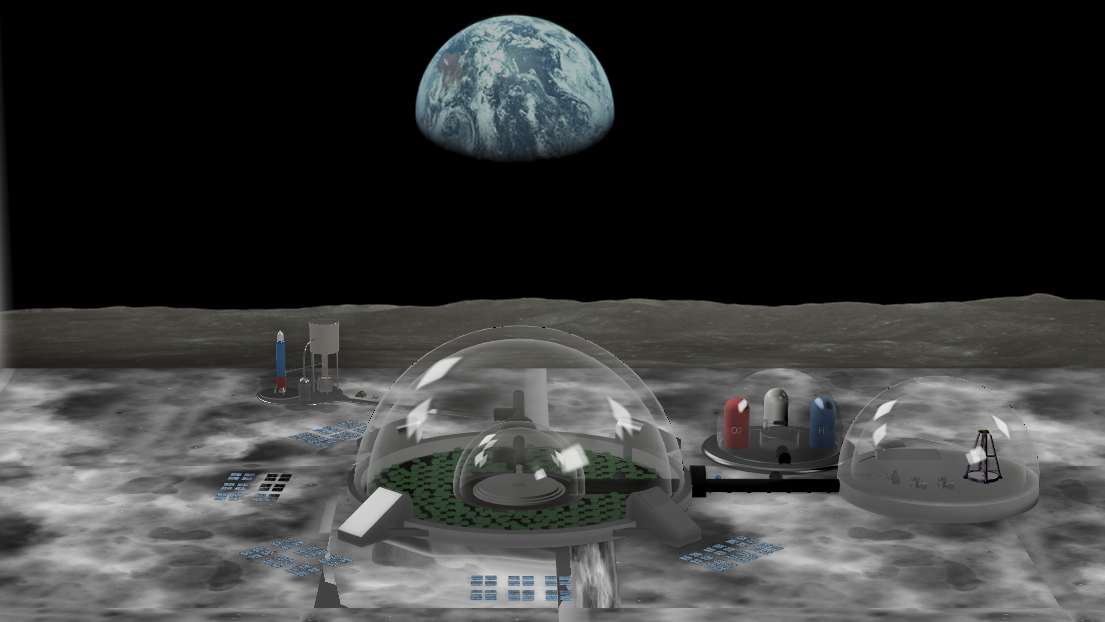
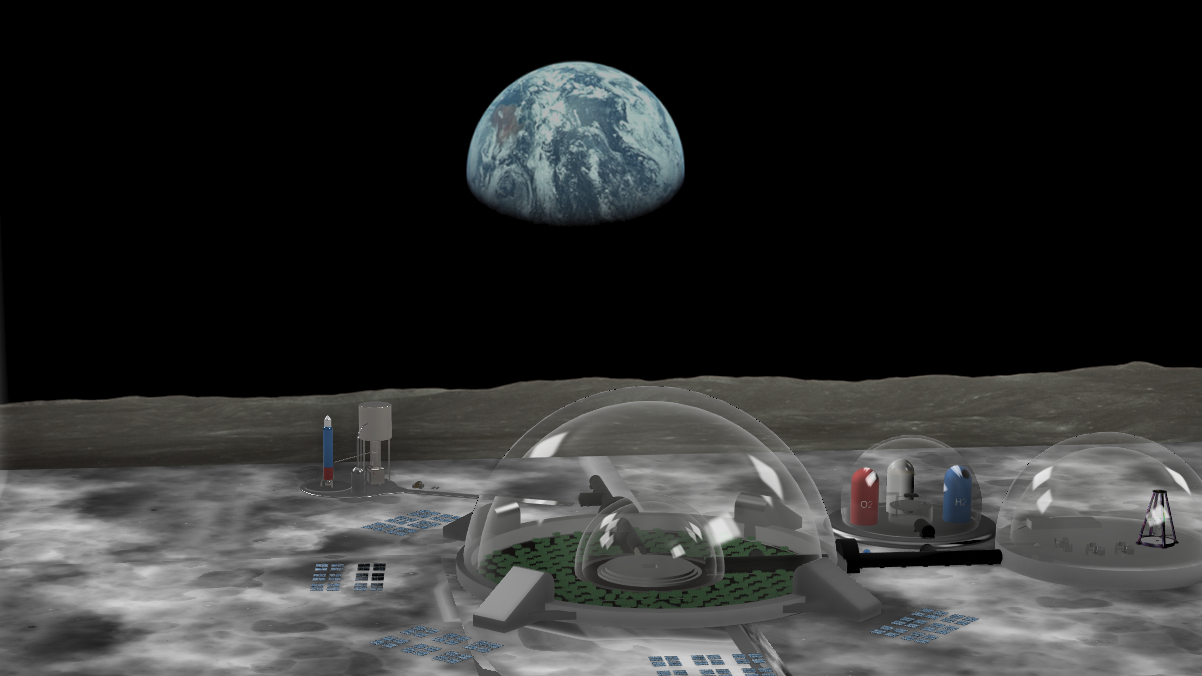

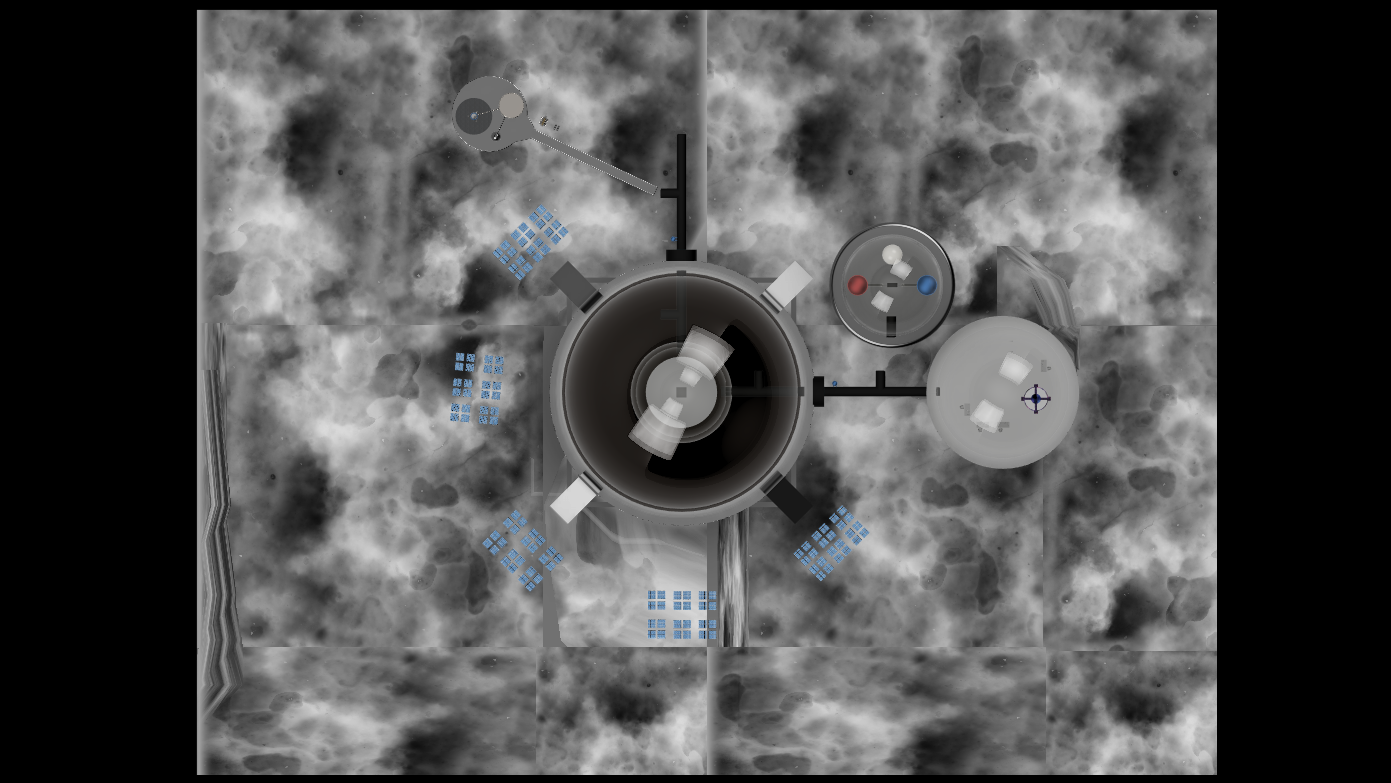
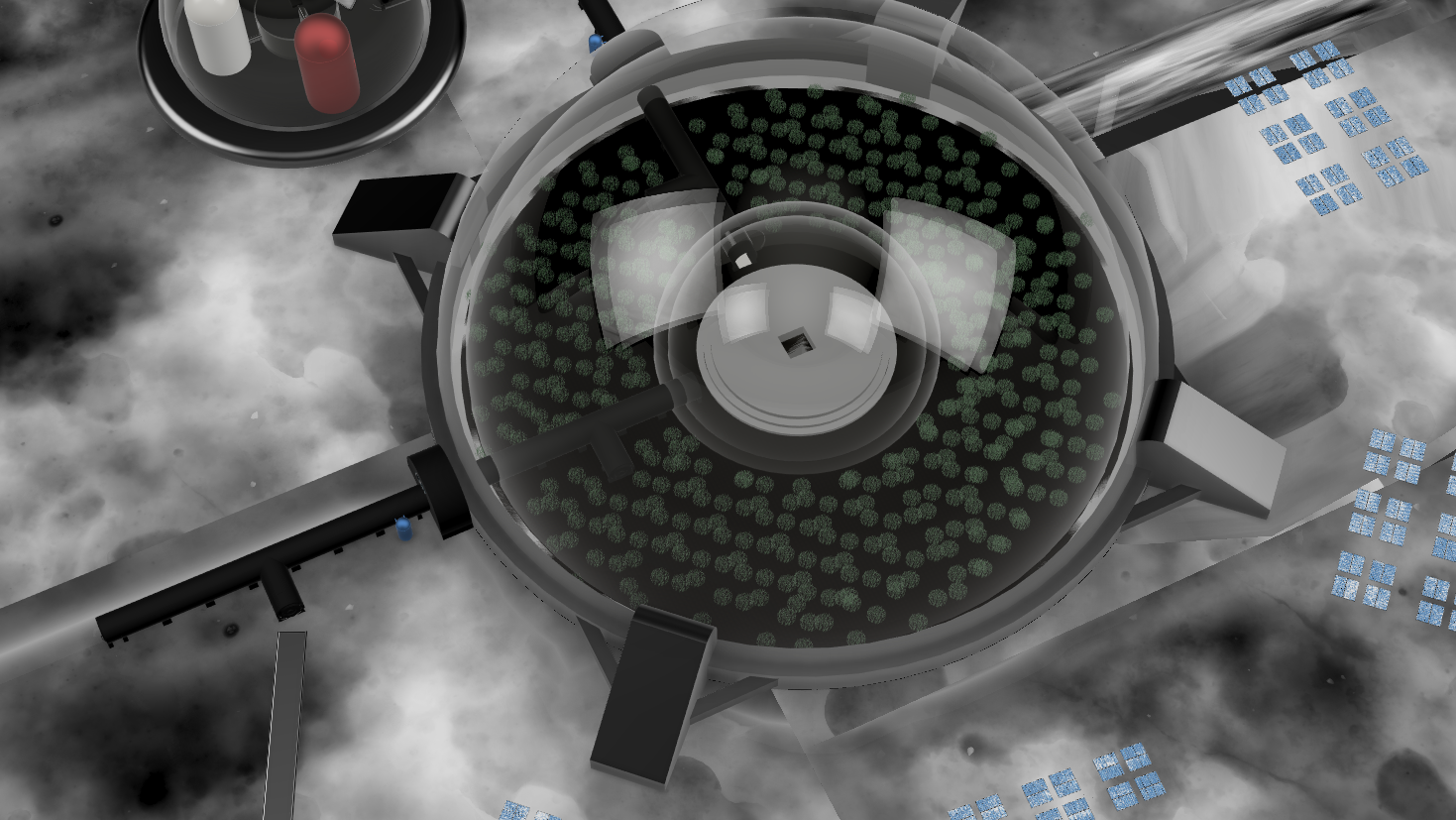
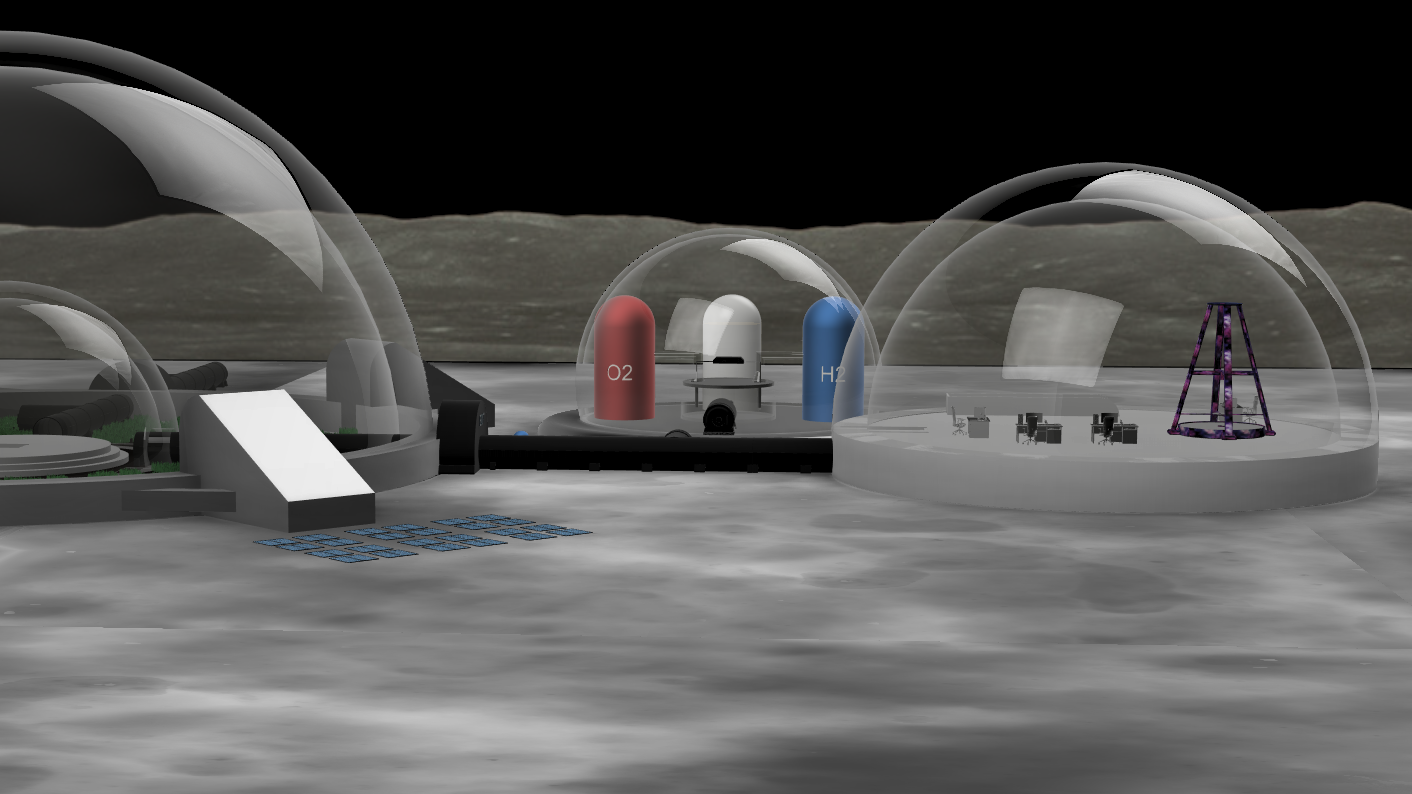



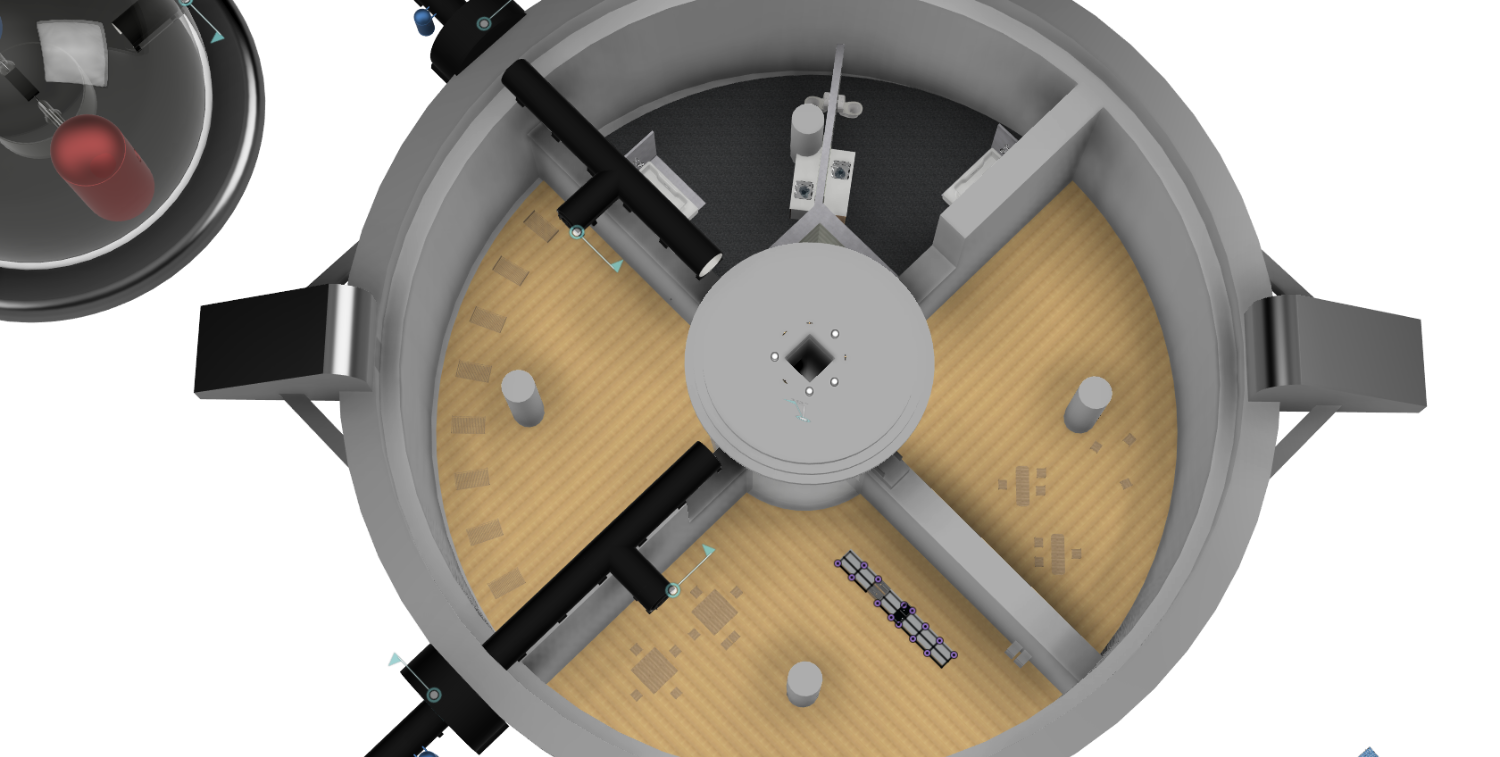
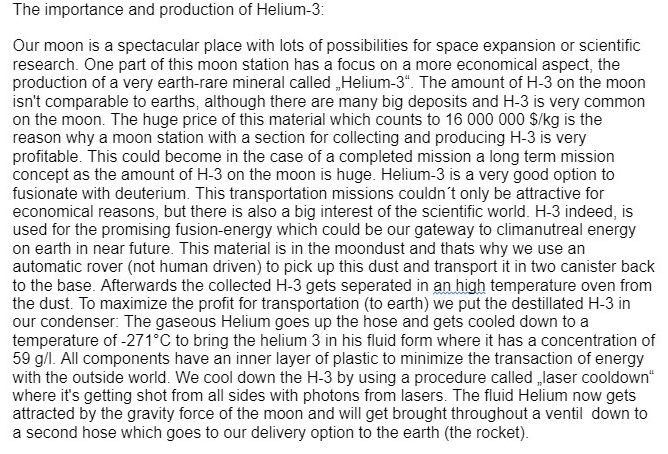
改.png)
